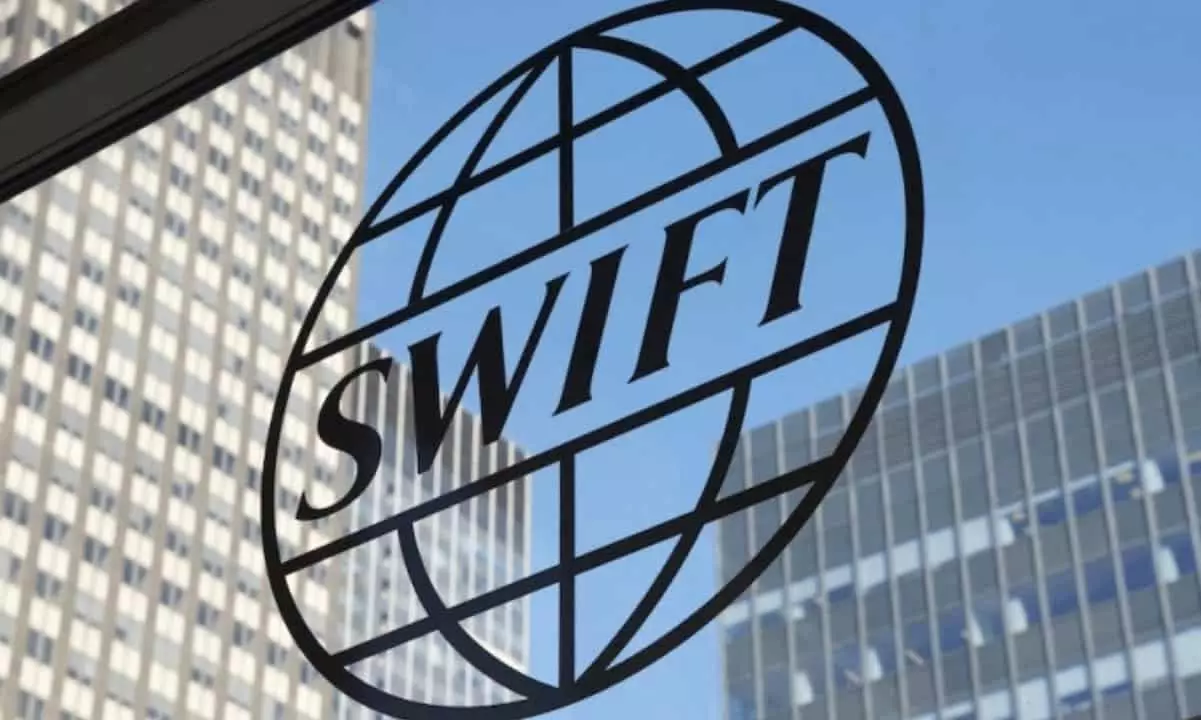On September 11, the Society for Worldwide Interbank Financial Telecommunication (SWIFT) made waves in the financial community with a groundbreaking announcement about its intentions to integrate regulated digital assets and currencies into its services. As a cooperative founded in 1973 and based in Belgium, SWIFT has long played a pivotal role in the infrastructure of international financial transactions. This latest endeavor signals a transformative shift toward facilitating transactions in both conventional and emerging digital realms, as the relevance of cryptocurrencies and tokenized assets grows rapidly.
Matthew Sigel, head of digital assets research at VanEck, has noted that while SWIFT is exploring significant innovations, its focus on the Ethereum blockchain is particularly interesting. This preference suggests a strategic pursuit of interoperability between traditional financial systems and the burgeoning sector of tokenized assets, including Central Bank Digital Currencies (CBDCs). The announcement comes at a time when significant interest in tokenized real-world assets is emerging, with research from Standard Chartered estimating a potential market surge to $30 trillion by 2034. This statistic underscores the urgency for financial institutions to adapt to evolving market demands and investor sentiment, with a notable 91% of institutional investors expressing interest in tokenized assets.
A core challenge highlighted by SWIFT is the fragmentation that currently characterizes digital platforms due to varying regulations, technologies, and operational silos. This environment creates “digital islands,” where institutional investors find themselves wrestling with multiple tokenization frameworks. SWIFT’s ongoing exploration of blockchain technology indicates its recognition of this complexity and illustrates its commitment to create solutions that enable seamless integration across different platforms. By utilizing their existing infrastructure, SWIFT aims to foster the transfer of tokenized values across both public and private blockchains, thereby streamlining processes for asset management and transactions.
One of the more notable aspects of SWIFT’s strategy is its emphasis on initially using traditional fiat currencies for payments while hinting at future capabilities to incorporate tokenized financial instruments. Such enhancements could allow for real-time exchanges and payments in tokenized forms of money, including CBDCs and regulated stablecoins. This dual approach represents a significant evolution in payment capabilities and demonstrates SWIFT’s intention to stay at the forefront of innovation in the financial sector.
As SWIFT moves forward, the collaborative efforts with various financial institutions indicate a commitment to developing practical technical solutions in the coming months. Although the announcement exudes optimism regarding the integration of cryptocurrencies, it is essential to remain cautious; decentralized assets like Bitcoin and Ethereum are unlikely to find their way into SWIFT’s network. However, ancillary infrastructure players, such as Ethereum and Chainlink, may see considerable benefits as SWIFT’s experiments expand. A recent experiment involving Chainlink’s Cross-Chain Interoperability Protocol (CCIP) underscores the potential for enhanced connectivity and cross-platform functionality.
SWIFT’s advancements mark a significant step toward synthesizing traditional finance with the dynamic world of digital assets. By addressing fragmentation, enhancing interoperability, and preparing to integrate tokenized solutions, SWIFT is not only responding to the present landscape but is also shaping the future of financial transactions. As we look to the future, it remains to be seen how these developments will impact the broader acceptance and integration of digital currencies within the global economy.
















Leave a Reply